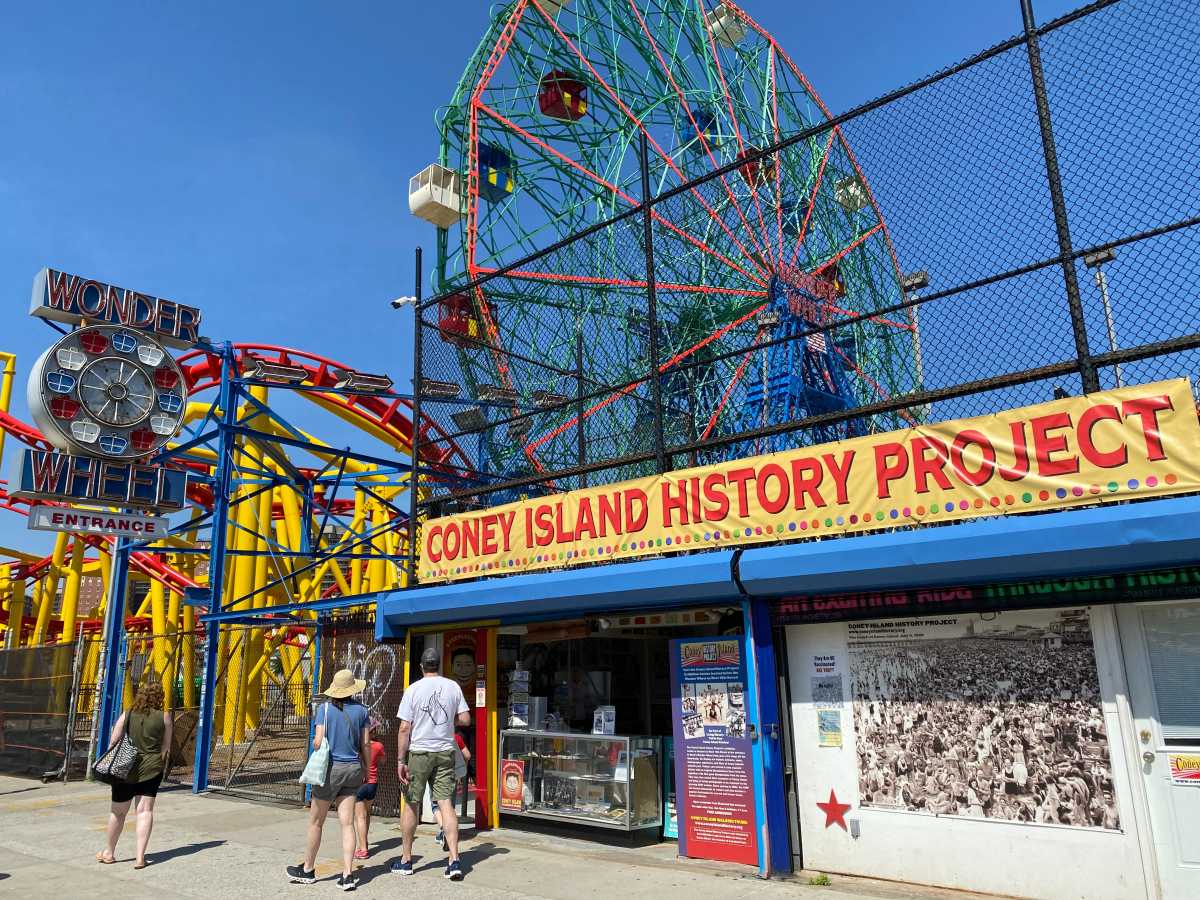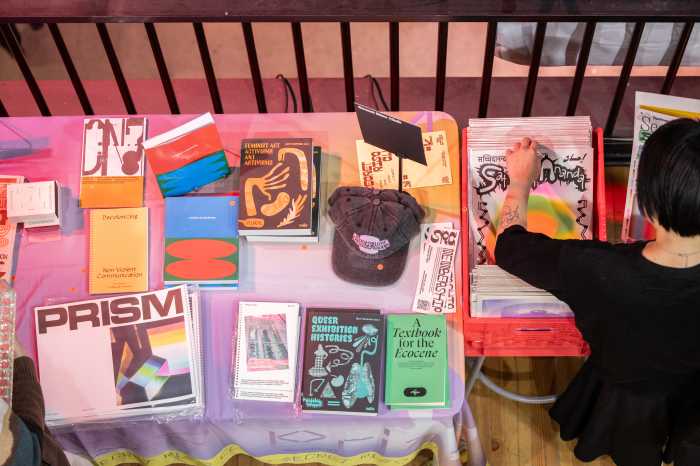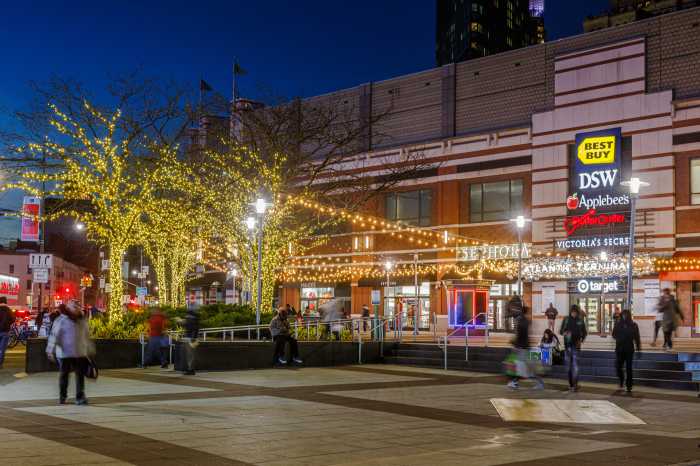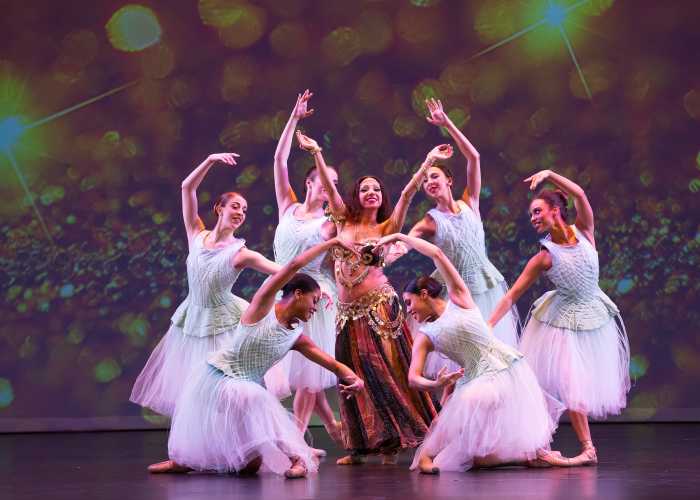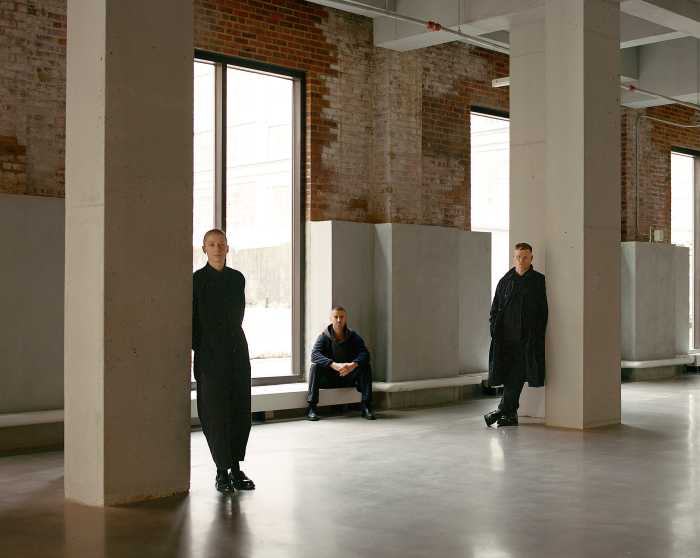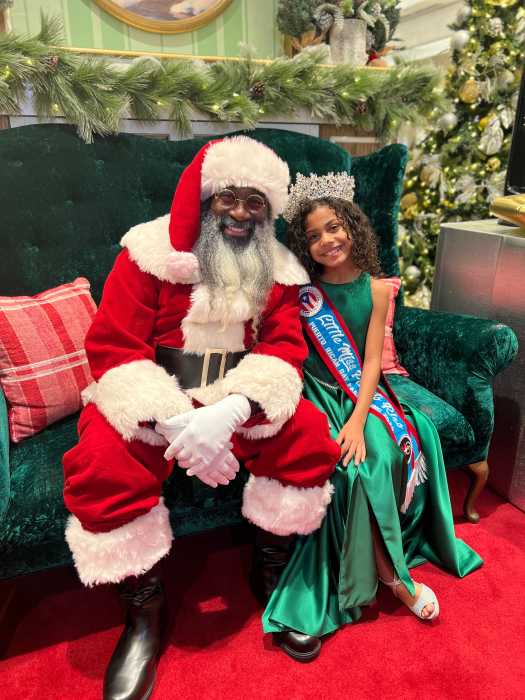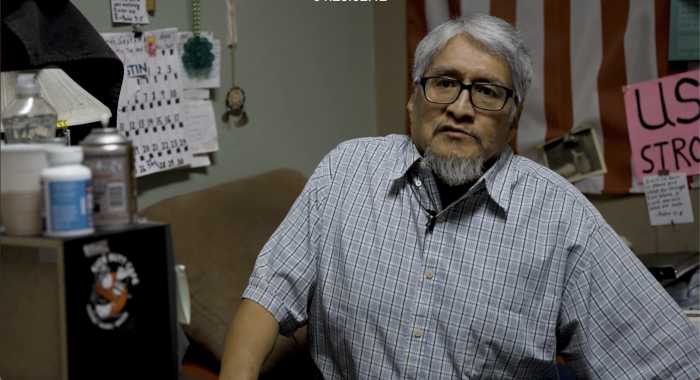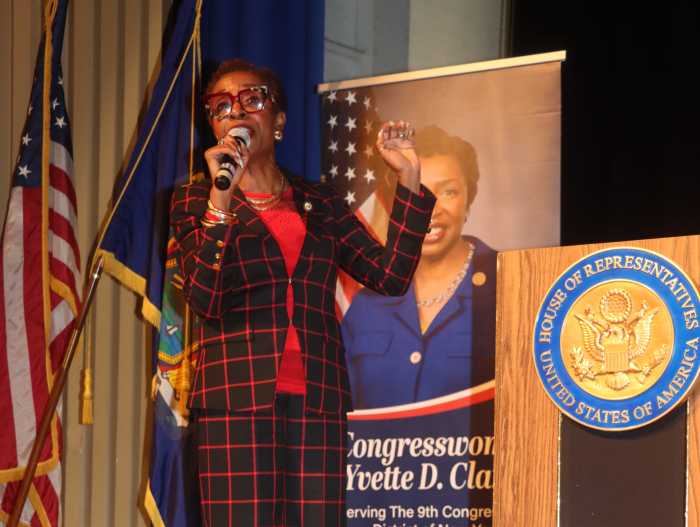The Coney Island History Project is ringing in the summer season with two new art exhibits opening May 24, Memorial Day weekend.
The project combines street photography, cyanotypes, native plants and poetry, exploring the lesser-known natural and urban sides of Coney Island. It’s part of the new Wonder Gallery, a collaboration between Charles Denson and Amanda Deutch.
The photo exhibit “Coney Island Streets: 1965–1975,” by photographer and Coney Island History Project executive director Charles Denson, is a visual essay on the impacts of failed urban planning and redlining — a racist real estate practice that denied Black and Brown residents access to so-called “desirable” neighborhoods and loans to purchase homes in areas labeled “declining” or “hazardous.” Slumlords, arsonists, greedy developers and blockbusters exploited the situation, and the quality of life deteriorated as the neighborhood became a pocket of poverty.
Denson grew up in the West End of Coney Island and, as a teenager, began photographing the neighborhood as it was transformed by an ill-conceived urban renewal program that called for the demolition of 60 blocks of homes and businesses.
Between 1965 and 1975, Coney Island resembled a war zone. When government funding for urban renewal projects ran out in 1974, the community was left a debris field of burned-out buildings and shuttered businesses.
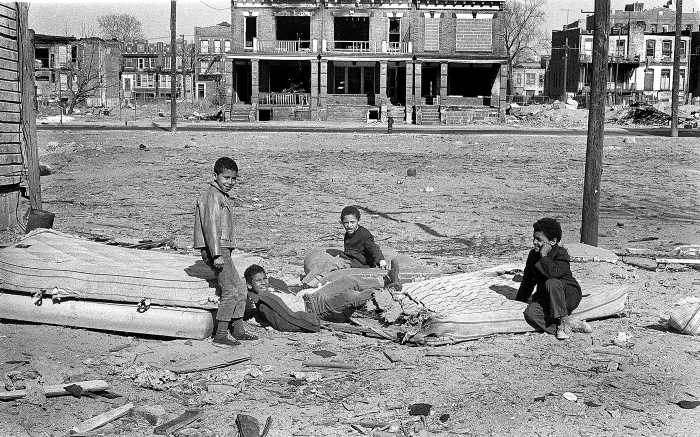
Denson grew up to the sounds of fire engines and bulldozers, as block after block of viable housing went up in flames or was reduced to rubble under the treads of heavy machinery. None of the structures shown in his photographs survived.
“My photographs show how resilient the neighborhood proved to be as residents survived as best they could with what remained,” Denson said in a statement. “During this ten-year period, I photographed portraits of local residents, family-run businesses, and the dramatic day-to-day changes taking place in Coney Island.”
The second exhibit, “Brooklyn Wilds: Cyanotypes and Poems by Amanda Deutch,” features cyanotype prints of native plants and weeds paired with poetry. The early photographic process uses sunlight to create striking blue-toned images. All of the cyanotypes in the show were created outdoors in Brooklyn by Deutch using natural light. Many were made on-site at Coney Island Creek.
The project began humbly. Deutch, a poet and founding director of the nonprofit Parachute Literary Arts in Coney Island, initially set out to preserve a dandelion or mugwort leaf. But after printing her first cyanotype, she became driven to capture the essence of each plant or weed through the process.
All of the cyanotypes were created outdoors — many on-site at Coney Island Creek — using available natural light. According to Deutch, it took many attempts to get a clear, accurate print, as working outdoors with cyanotypes can be challenging. The process depends heavily on weather and sunlight.
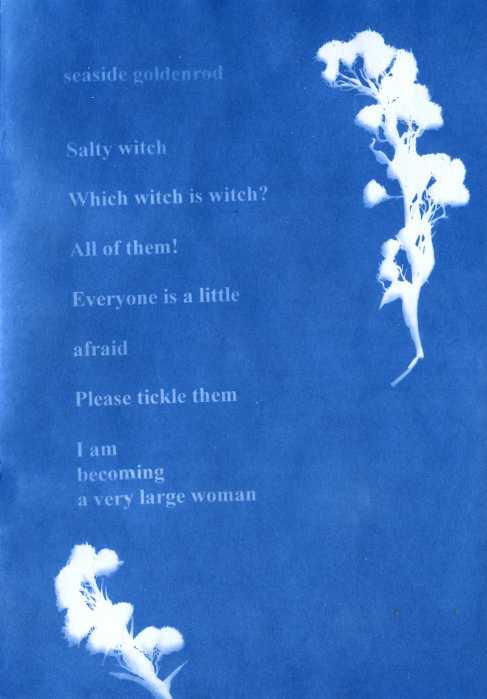
A native New Yorker with a deep connection to nature, Deutch used plants and flowers indigenous to Coney Island, such as seaside goldenrod — found along the beach near the boardwalk and by Coney Island Creek — and wild dandelions.
“As development and climate change devour Brooklyn’s natural landscape, pausing to recognize and appreciate weeds and native flowers along the City’s edges is a radical act,” Deutch said. “Most of us hardly notice the plants all around us. Otherwise known as “plant blindness,” they are often seen as background rather than for the fundamental role that they play in the Earth’s biosphere. Plants help regulate the Earth’s climate and are essential for food production and oxygen release.”
The Coney Island History Project exhibition center, located at 3059 W. 12th St., is open free of charge on Saturdays, Sundays and holidays from Memorial Day weekend through Labor Day, from 1 to 7 p.m.


